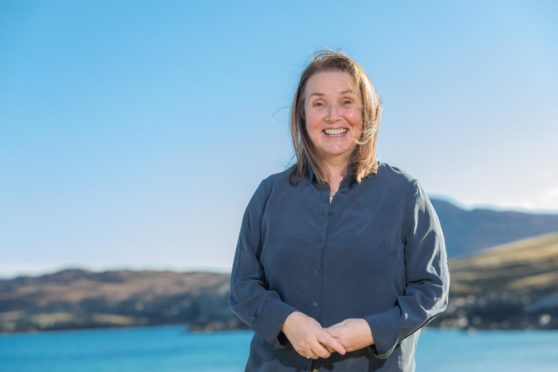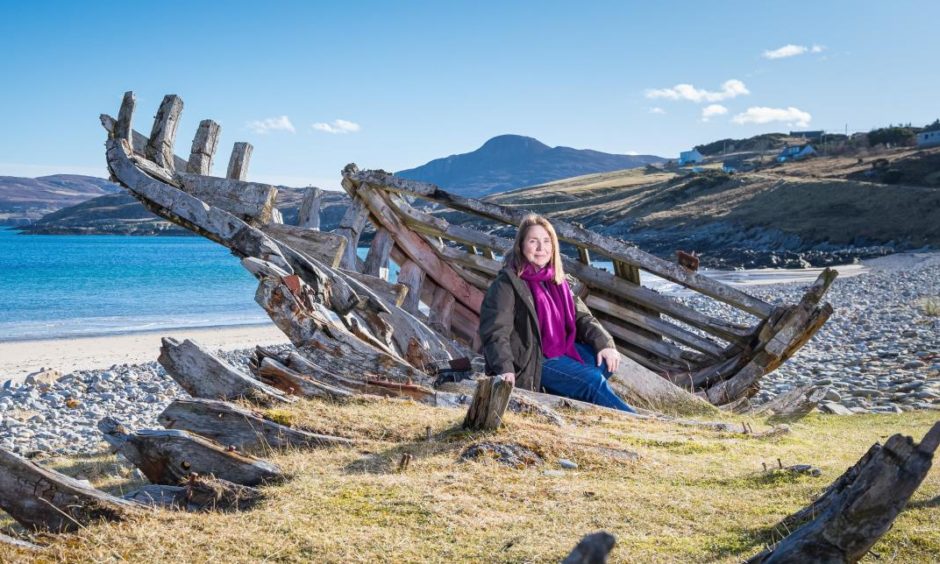Peat restoration plans have been unveiled to help reach the ambition of making the new space hub in Sutherland carbon neutral.
The first rockets are due to take off from the A’ Mhoine peninsula in the Highlands next year.
The Melness Crofters’ Estate, which owns the site, has been working to ensure the impact on the community, landscapes and wildlife are considered throughout.
Peat restoration will help climate change battle
Now plans have been unveiled to reuse the peat removed for the construction of the launch site to restore and re-wet areas damaged by decades of extraction.
Peat has historically been harvested across Scotland to act as a fuel source to stay warm.
However, healthy peatlands are also crucial in fighting climate change due to their ability to absorb and store carbon.
Repairing large areas of damaged peat are a major part of ensuring the new Sutherland Space Hub, which is being spearheaded by Highlands and Islands Enterprise, is carbon neutral.
As well as reusing sections removed for construction, floating roads will also be used on the main access to the spaceport to avoid causing further damage.
The system works by making roadways float on top of deep peat to allow it to continue to live instead of requiring it to be removed.
Restoring peatlands was ‘top priority’ from space hub project
Dorothy Pritchard, chairwoman of Melness Crofter’s Estate, explained ensuring the peat removed during construction was reused was one of her “top priorities”.
She said: “This is a great step forward in restoring the historic peat banks which were once cut by hard-working crofters as an essential source of fuel to heat their homes.
“Peat cutting played a big part in community life and culture here in Sutherland. Today, we know that healthy peatland plays a crucial role in reducing the impacts of global warming.
“The community socio-economic benefits that the space hub will bring are plentiful but we must not become complacent when considering how the space hub will affect the environment and our native wildlife.
“So, we have worked carefully with experts and considered how to minimise disruption at every stage of the planning process.”

